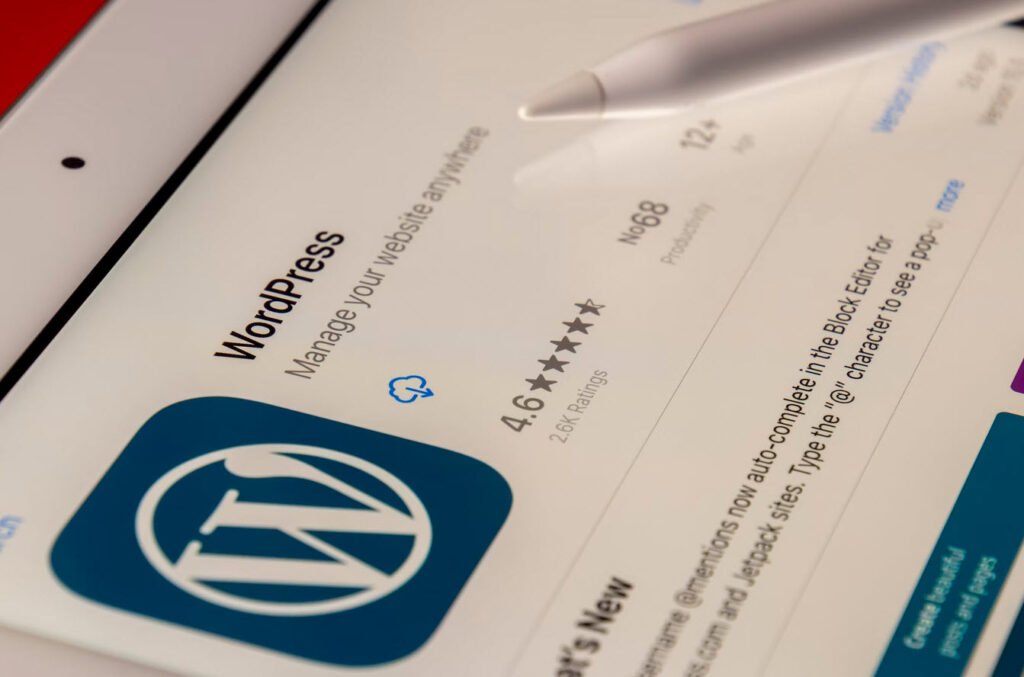Are you looking to create a more personalized user experience on your WordPress website by displaying different content to logged-in users versus visitors? While there are plugins available for such tasks, sometimes a simple code snippet can get the job done efficiently.
In this article, we’ll walk you through a quick and easy way to check if a user is logged in using WordPress.
Checking User Login Status:
WordPress provides a convenient function called `is_user_logged_in()` that allows developers to determine whether a user is currently logged in or not. By integrating this function into your code, you can dynamically present content based on the user’s login status.
Instructions:
To implement this feature on your WordPress site, follow these simple instructions:
1. Locate Your Theme’s index.php File: Access your WordPress theme’s directory and find the `index.php` file. This file is a key component of your theme and controls the display of your site’s homepage.
2. Insert the Code Snippet: Open the `index.php` file in a text editor of your choice. Scroll down to an appropriate location within the file, typically just after the opening `<body>` tag or within the main content area.
Insert the following code snippet:
<?php
if ( is_user_logged_in() ) {
echo 'Welcome, Registered User!';
} else {
echo 'Welcome, Visitor!';
};
?>3. Save Changes: After inserting the code snippet, save the changes to your `index.php` file.
If this is your first time adding code snippets to WordPress, it’s essential to follow best practices to avoid inadvertently breaking your site. Refer to our guide on how to properly add code snippets in WordPress. This guide will help you navigate the process safely and ensure that your website remains functional.
Conclusion:
In just a few simple steps, you can use the `is_user_logged_in()` function to check whether a user is logged in on your WordPress site. This straightforward code snippet empowers you to deliver tailored content, enhancing the user experience and engagement.
Experiment with this functionality to create a more personalized and dynamic environment for both registered users and visitors on your WordPress platform.



